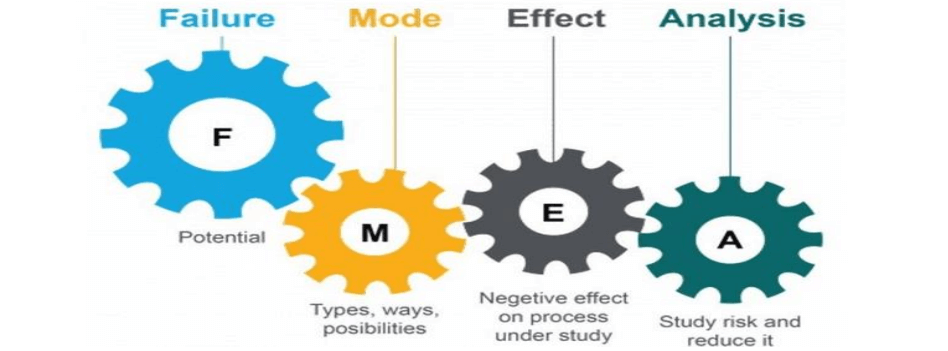
- Failure modes and effects analysis (FMEA) is an approach for identifying all possible failures in a design, process, product, or service.
-
It focuses:
- Processes on “prevention” rather than “fire fighting.”
- Uncover process problems that may result in customer dissatisfaction.
- Defects in product or service production process.
- Reduced process efficiency.
- To generate a prioritized list of risks & corrective actions -
One should perform FMEA:
- Before design a new system or a product or a process
- Improving a current design of a system or a product or a process.
- Changing a current design of a system or a product or a process.

